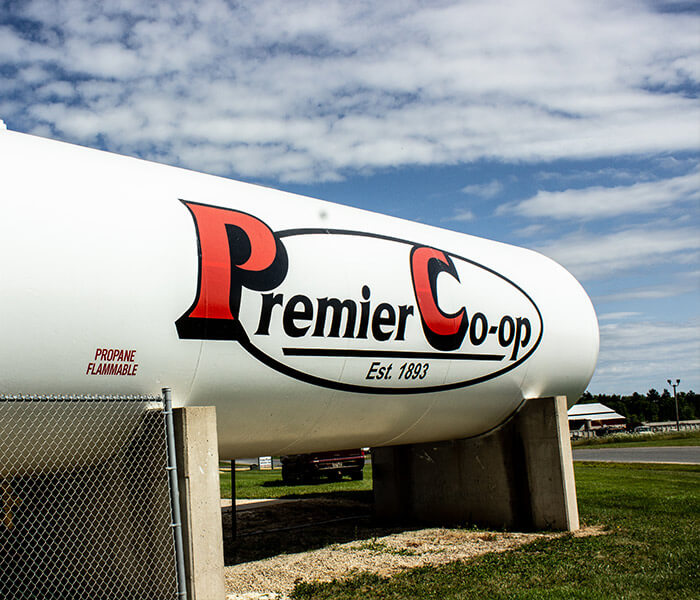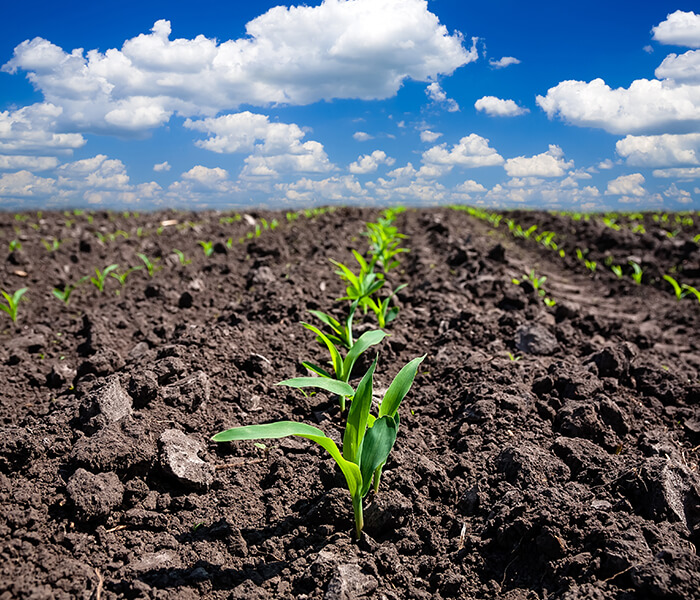Planning for 2025.
As we look ahead to the 2025 growing season, it’s essential to plan and set goals to ensure a successful and profitable year. By making informed decisions about crop selection, fertilizer options, and crop protection services, growers can stay organized and proactive. Here are four tips you can use to start the 2025 growing season off right.
Plan ahead and set goals.
Planning ahead is crucial for ensuring a successful and profitable 2025 growing season. It enables growers to make informed decisions about crop selection, fertilizer options, and crop protection services. By being proactive, both the grower and the retailer can stay organized when the busy spring season arrives. Ultimately, planning helps maximize efficiency and increases the likelihood of a successful harvest.
Select seed that best suits your needs.
Selecting seed to match the management style of your operation is critical, as it ensures the crop you grow aligns with your farming practices. Since different varieties require different management practices, choosing one that suits your style is key to achieving optimal results. This can lead to improved crop performance, more efficient use of resources, and overall better productivity.
Stop weeds before they start.
Weeds compete with crops for essential resources like water, nutrients, and sunlight, which can significantly reduce crop yields. By implementing a two-pass herbicide program in your operation, you can help stop weeds before they take hold. The first pass targets weeds early in their development, while the second pass is used to control any remaining weeds later in the season. This proactive approach ensures that crops have access to the resources they need to thrive during the spring season.
Take advantage of the opportunities offered by in-season management.
Take advantage of the opportunities offered by in-season management, such as the timely application of fungicides and in-crop urea, to enhance crop health and maximize yields. By closely monitoring your crops for early signs of disease and applying fungicides at the right time, you can protect your plants from significant losses, prevent the spread of harmful pathogens, and ensure optimal plant development. In addition, in-crop urea applications provide essential nitrogen during critical growth stages of the crop’s life. Delivering nutrients directly to the plants during their peak nutrient uptake periods promotes healthy growth. Proactively managing these inputs ensures your crops remain well protected and nourished throughout the growing season, leading to improved profitability, better yields, and more sustainable farming practices.
Take time this month to contact your Premier Cooperative agronomist to plan for a profitable 2025 season!




